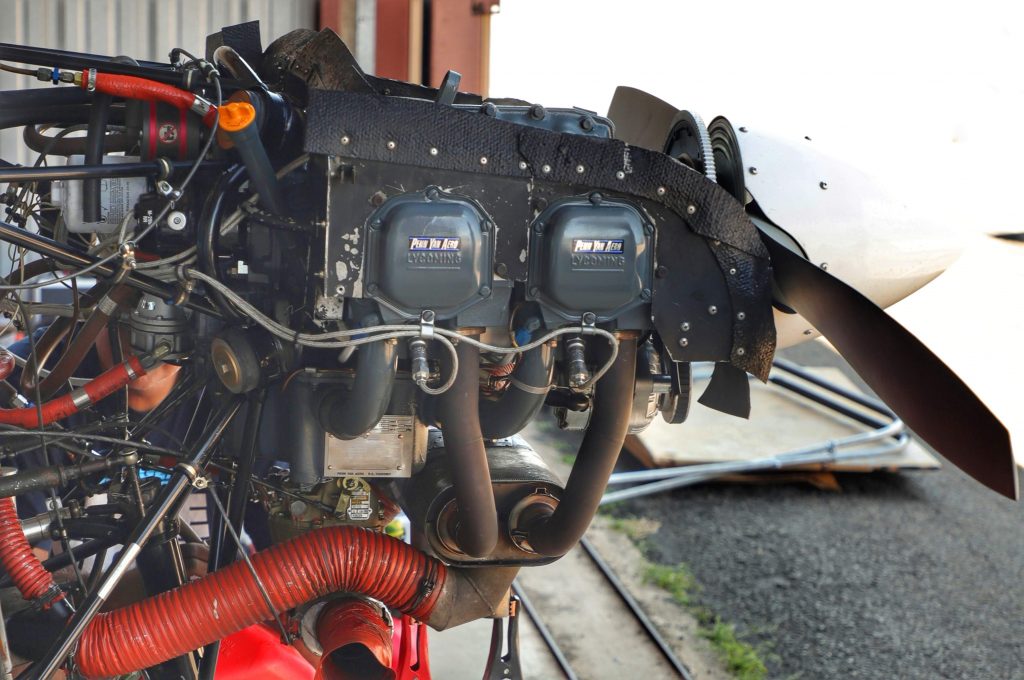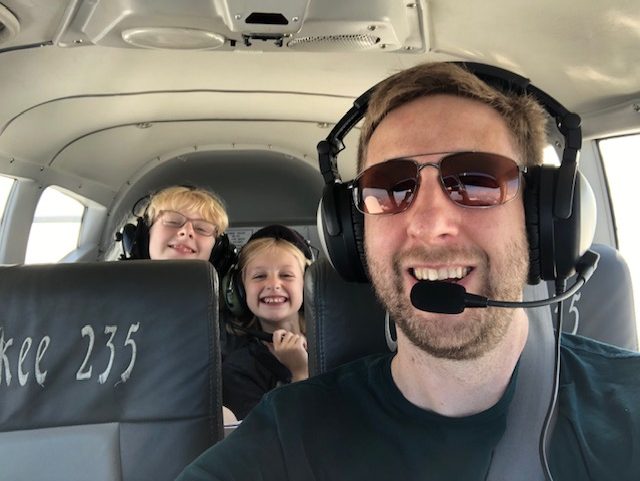Q1 2022 Newsletter
Updates from the FAAFC Board
Message from the President – Doug “Smash” Yurovich
Welcome to a new year, a new airplane, and new initiatives provided by many of our newer members! As we continue to grow in membership, our club possesses a vast amount of aviation experiences providing all our flyers a knowledge base benefitting all members.
This newsletter is the Flying Club’s first established communication tool outside of our annual meeting to exchange aviation information and keep all members “in the know” about the Club’s status and functions. As you can see by the headings of the Newsletter, we look to have a variety of inputs across all of the Club’s activities and those members who have volunteered in each of the categories.
As we use this tool as a means of communication, it will no doubt be modified to meet the needs of the Club members, and that is great!
I want to thank all those members who continue to contribute to the Club’s effort to move forward and grow. There will be more openings for Club leadership as we near the Annual Meeting and elections.
See you on the flight line,
Smash
Operations & Maintenance Officer’s Update – Dan Botzer
N75382 – Maintenance contact – Dan Botzer:
- Getting regular use by club members.
- Bold Warrior engine now has over 550 hours on it since it was installed in 7/2020.
- Mags replaced with one new mag and one SureFire mag in October.
- Plan to install CGR-30P engine monitor (same as in 97W) in next few weeks.
- Annual will be scheduled in March 2022.
- Potential upgrades – digital AI/DG, interior updates.
N9397W – Maintenance contact – Jon Lammers:
- Still working AI and autopilot problems. Hope to get them fixed next week.
- Co-pilot PTT switch repaired.
- Had 2 cylinders borescoped based on data downloaded from engine monitor. Exhaust valves showed some stress but are ok. Will continue regular data downloads from engine monitor.
- Working display dimming issue with KX155.
- Mags replaced with one new mag and one SureFire mag (same as N75382).
- Plane had approx 370 hours flown in 2021.
- Annual to be scheduled in August 2022.
- Potential upgrades – digital AI/DG – probably Garmin G5s.
N6472J – Maintenance contact – Andrew Baron:
- Newest addition to club not seeing much flying.
- Plan to have an interior wall panel kit from Airtex on order in next few weeks.
- Annual to be scheduled in October 2022.
- Potential upgrades – Garmin GPS navigation, digital AI/DG, new paint.
GPS database updates along with CGR-30P data dumps for Savvy analysis – Sam Bingham
Jonathan Bullock (along with the maintenance contacts listed above) has been helping with getting planes back and forth to Culpeper for maintenance. If any other members would also like to help let me know.
Membership Officer’s Update – Todd Berry
- As of January 1, 2022 the Club has 29 active members with 1 candidate on the Club Waitlist
- 2 New Members joined in December 2021
- Paul Meaney
- Tom Cox
- 4 Members became inactive as of January 1, 2022
- Walpole
- Buzard
- Brannaka
- Dlugash
- There is a new email account dedicated to FAA Flying Club Membership inquiries: faafc.membership@gmail.com
- The New Member Application has been automated with an online form streamlining the process of bringing on new members
Treasurer’s Update – Tom Shalhoub
- The FAA Flying Club is in sound fiscal condition allowing us to:
- Acquire a third airplane in December 2021
- Immediately address non-priority maintenance issues
- Make priority upgrades to our aircraft
- Plan out future upgrades to make our aircraft safer and more fun to fly for our members
Safety Officer’s Update – Glenn Collins
Kicking off the inaugural quarterly newsletter I contemplated a topic for the safety section. Would a recap of 2021 make sense or would a forward-looking topic be more appropriate? I’ve been wanting to write my thoughts on the worn-out argument about the impossible turn. This will come later either as a stand-alone message or future newsletter article.
Instead, I settled on the upcoming winter operations. Eventually we will see consistent cold temperatures, snow, ice and all the other headaches associated with flying during the winter. To me, a critical aspect while winter flying is carbon monoxide. This issue exists year-round however due to the heater design for most general aviation aircraft, it becomes more prevalent during colder temperatures. Carbon Monoxide is odorless and tasteless. If it leaks into the cockpit, it can incapacitate the occupants resulting in disaster. This poisonous gas can enter the cockpit in a number of different ways. Faulty door seals, the fresh air vents in the wing root, or more likely via the heating and defrost ducts if a crack forms under the heater shroud.
In order to help identify this, each of our aircraft has a carbon monoxide indicator mounted on the instrument panel. This card consists of a yellow dot. Yellow is good.
If carbon monoxide is detected, this yellow dot darkens. Eventually it will become a very deep blue or black dot. This is serious, at the first indication of the dot darkening turn off the cabin heat and defrost. Open all the reachable fresh air vents and land as soon as practical. I have experienced carbon monoxide poisoning twice. Both times I noticed a metallic taste despite the odorless and tasteless nature of the gas. This was most likely other byproducts in the exhaust fumes. The onset was rapid. Recovery began as soon as I got out of the environment, however the first case was more involved and took two to three days before I felt 100%.
In addition to the detector cards, electronic CO monitors are available from suppliers like Aircraft Spruce or Sporty’s. The ForeFlight Sentry ADS-B receiver incorporates a CO detector/alarm and is a good option for someone looking for a CO monitor and an ADS-B in device. Single purpose units are also available. Flying with a CO monitor/detector is highly recommended.
Secretary’s Update – Sergio Nirenberg
Recently the board managed the following FAAFC business:
In November, the board discussed an opportunity to add an additional plane to the club. The board agreed to a basic plan and to put the idea to a vote of the membership. The members voted to approve the purchase, which included a $500/member assessment.
In December, the board met to discuss finalizing the purchase of 72J, and discussed priorities for an investment plan. Tom (our Treasurer) took the task of dealing with the finance and insurance aspects of the purchase. Dan (our maintenance officer) took the task of getting a plane captain to be point person for maintenance. Glenn (our safety officer) took the point on coming up with ball park costs for a list of upgrades/fixes for all three planes.
In December the board voted to get the AI in 9397W overhauled as the one in the plane was a loaner and moving to an electronic solution was not available in the short term.
2022 Vision for FAA Flying Club Aircraft
With the acquisition of our third Piper, the Board of Directors has held meetings to discuss upgrading each of our airplanes in a phased approach over the next two to three years. Each airplane is being assessed for probable maintenance needs and upgrade needs as necessary to bring our aircraft to the desired operational state of the members. Of course, throughout any upgrade and maintenance effort, budgetary constraints always exist and our Treasurer is fully engaged in the process. We will provide greater details for each airplane in later newsletters.


Club Member Updates and Adventures
Bram Lillard, IFR and Commercial Pilot
2021 was a very big year for FAA Flying Club Member, Bram Lillard! He became an instrument rated and commercial pilot. Quite the accomplishment during a challenging year! Bram used the Club airplanes to build time and competency while training for both ratings. His commercial cross country was an impressive flight to Cleveland. Congratulations, Bram!



